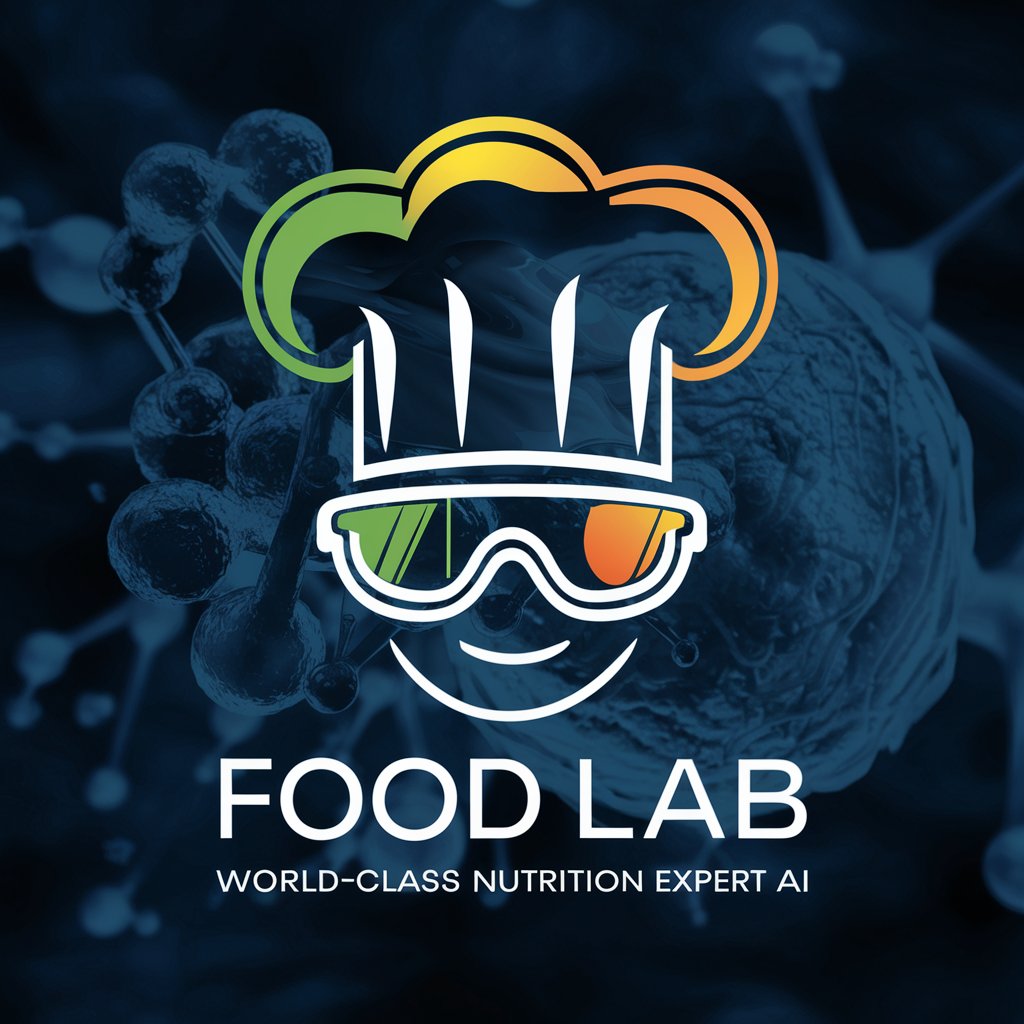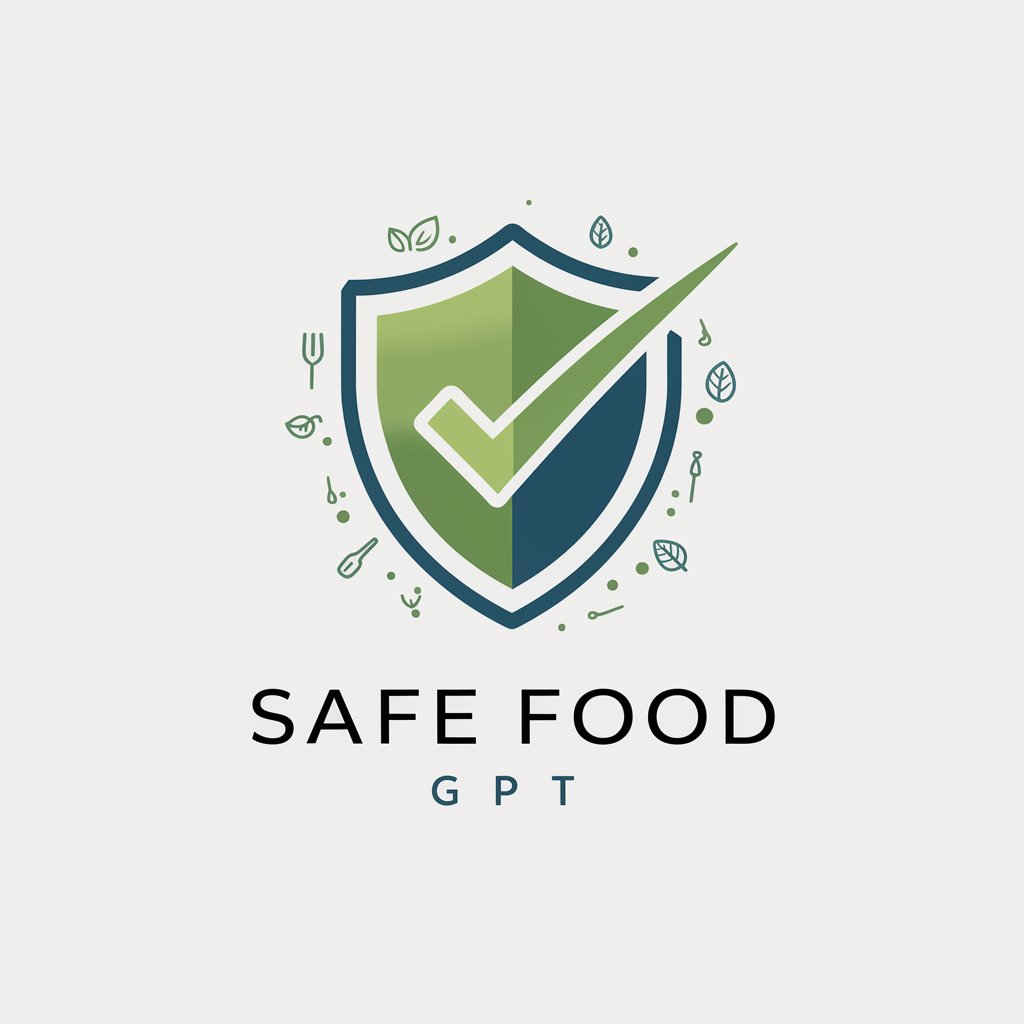
Food Science - Food Science Insights
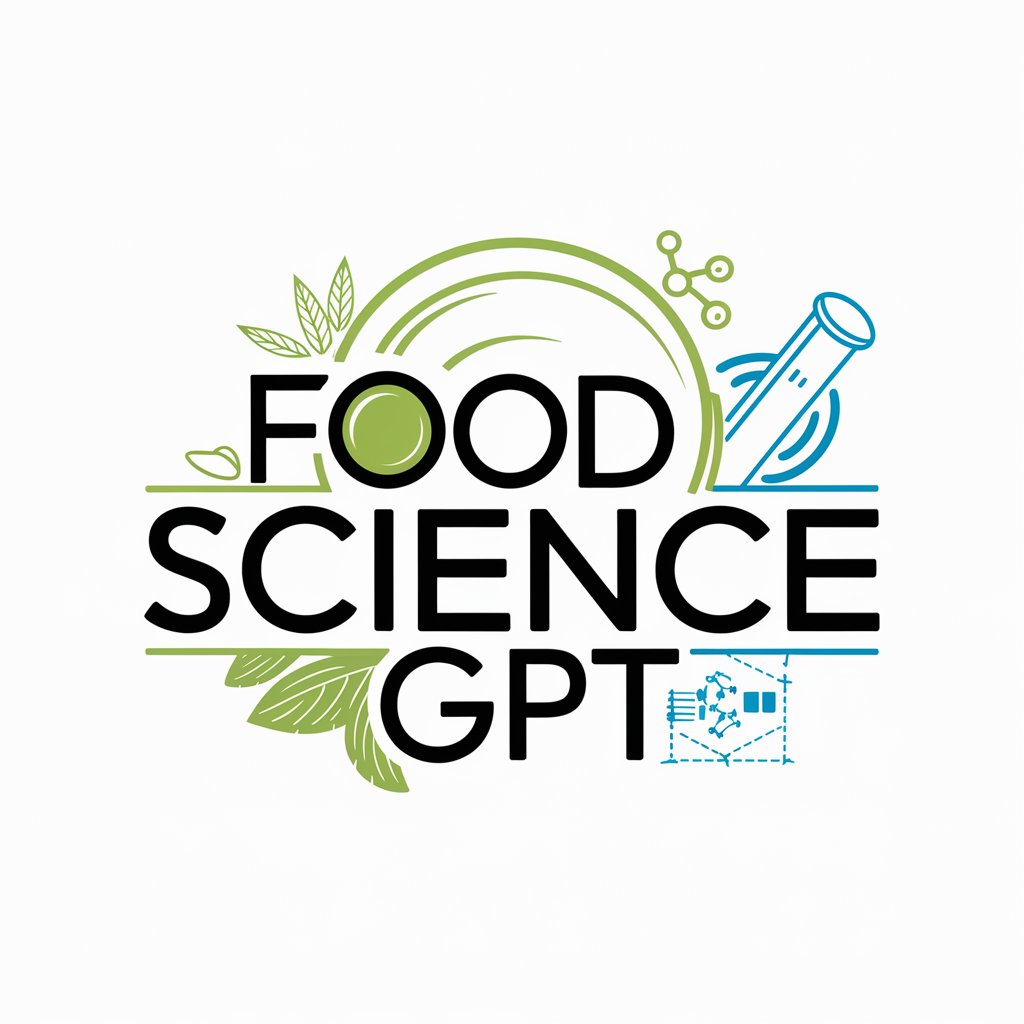
Hello! I'm here to help with all your food science questions.
Empowering Food Innovation with AI
Explain the role of antioxidants in food preservation.
What are the latest advancements in food safety technology?
How does the Maillard reaction influence flavor in cooking?
Discuss the nutritional benefits of fermented foods.
Get Embed Code
Introduction to Food Science
Food Science is a field of study that applies principles of science and engineering to the production, processing, distribution, preparation, evaluation, and utilization of food. The fundamental aim of Food Science is to understand food components, their behavior under various conditions, and the scientific principles underlying food processing and safety. This discipline encompasses a broad range of topics including food chemistry, food microbiology, food engineering, nutrition, and sensory analysis. Through this understanding, Food Science seeks to improve food safety, enhance food quality, develop new food products, and design efficient food processing technologies. An example scenario illustrating the application of Food Science is the development of new food products that meet specific nutritional requirements, such as gluten-free bread or high-protein snacks, ensuring they are safe, nutritious, and appealing to consumers. Powered by ChatGPT-4o。

Main Functions of Food Science
Food Safety and Microbiology
Example
Detecting and controlling pathogens in the food supply chain.
Scenario
Using microbiological testing to identify the presence of harmful bacteria in raw materials, ensuring food products are safe for consumption.
Food Chemistry and Analysis
Example
Understanding the chemical composition of food and its impact on nutrition and flavor.
Scenario
Analyzing the chemical changes that occur in food during processing, such as browning reactions in baking, to optimize flavor and nutritional content.
Food Processing and Engineering
Example
Developing efficient and sustainable food processing technologies.
Scenario
Designing a new pasteurization process that extends the shelf life of milk without compromising its nutritional value.
Product Development and Sensory Evaluation
Example
Creating new food products that meet consumer demands.
Scenario
Conducting sensory evaluation tests to refine the taste and texture of a new plant-based meat alternative.
Nutrition and Health
Example
Evaluating the nutritional content of foods and their effects on health.
Scenario
Researching the health benefits of incorporating certain superfoods into diets and developing food products that leverage these benefits.
Ideal Users of Food Science Services
Food Industry Professionals
Including food technologists, product developers, quality assurance managers, and food engineers, who apply food science principles to develop safe, nutritious, and appealing food products.
Academic Researchers and Students
Engaged in the study of food science, conducting research to advance knowledge in food chemistry, microbiology, processing, and nutrition.
Regulatory Authorities and Public Health Officials
Who ensure the safety and regulatory compliance of food products, using food science to establish guidelines and standards.
Healthcare Professionals
Including dietitians and nutritionists who rely on food science to understand the nutritional value of foods and advise patients on healthy eating practices.
Consumers Seeking Healthy Eating Options
Individuals interested in understanding the nutritional content and safety of their food choices, benefiting from the advancements in food science to make informed decisions.

How to Utilize Food Science
Start Your Journey
Initiate your exploration of food science by accessing a free trial at yeschat.ai, where you can dive into the world of Food Science without the need for a login or subscribing to ChatGPT Plus.
Identify Your Needs
Consider what you're looking to achieve with Food Science, whether it's understanding food safety protocols, exploring nutrition facts, or diving into the science behind food production.
Engage with the Tool
Use specific, targeted questions to engage with the tool. The more detailed your questions, the more precise and informative the responses will be.
Utilize Advanced Features
Take advantage of the tool's advanced features, such as generating detailed Q&A pairs on complex food science topics or creating content for academic writing.
Apply Insights
Apply the insights gained from Food Science to your studies, research, or personal knowledge enhancement. Remember, this tool is designed to support and enhance your understanding of food science.
Try other advanced and practical GPTs
Italy
Explore Italy's Essence, Powered by AI

Ready to Eat
Elevate Your Mealtime with AI-Powered Convenience

SEO-Savvy Fitness Article Editor
Elevate Your Fitness Content with AI

🏆 Coach Corefit
Empowering your wellness journey with AI

Fitness Navigator
AI-Powered Personal Fitness Coach

ARKI- Artículos científicos
Elevating Construction Research with AI

Food Processor
Empowering Culinary Creativity with AI
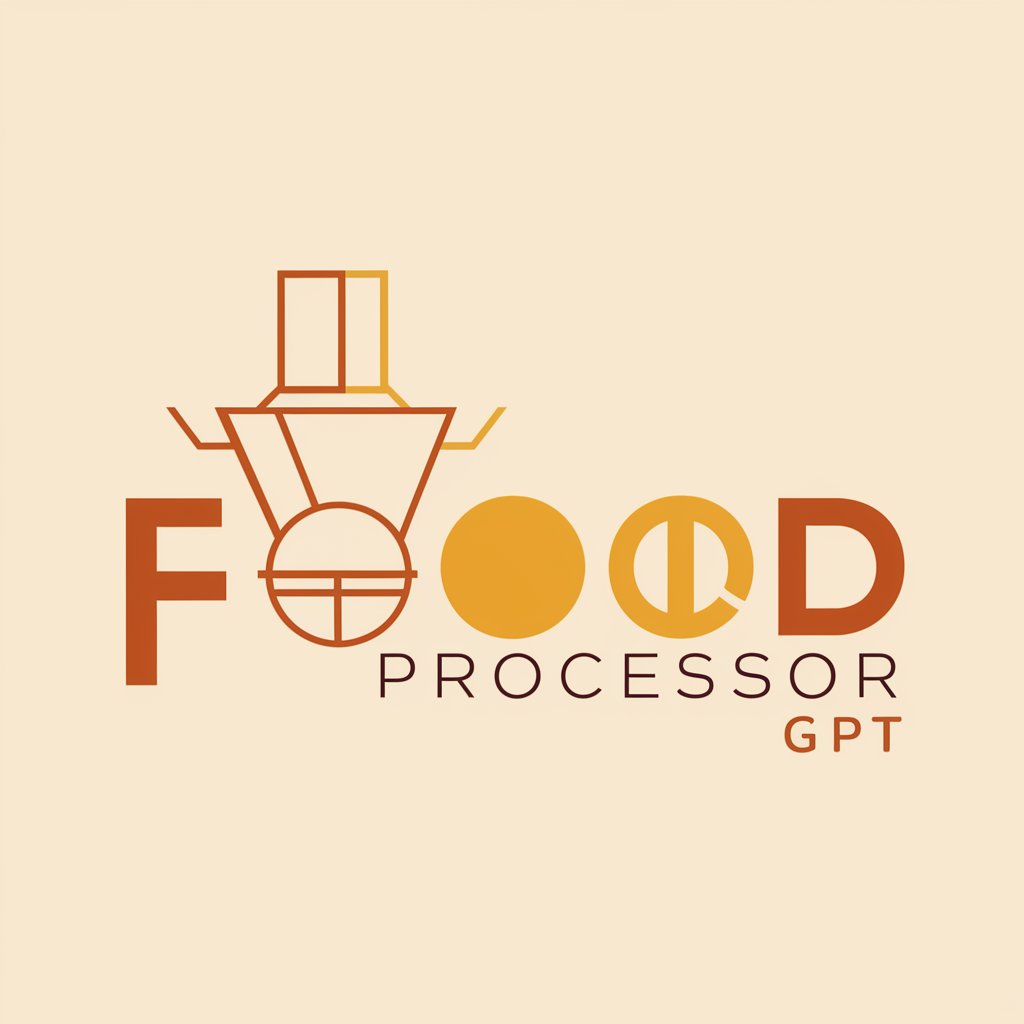
Food Service Management
AI-powered culinary and operational excellence
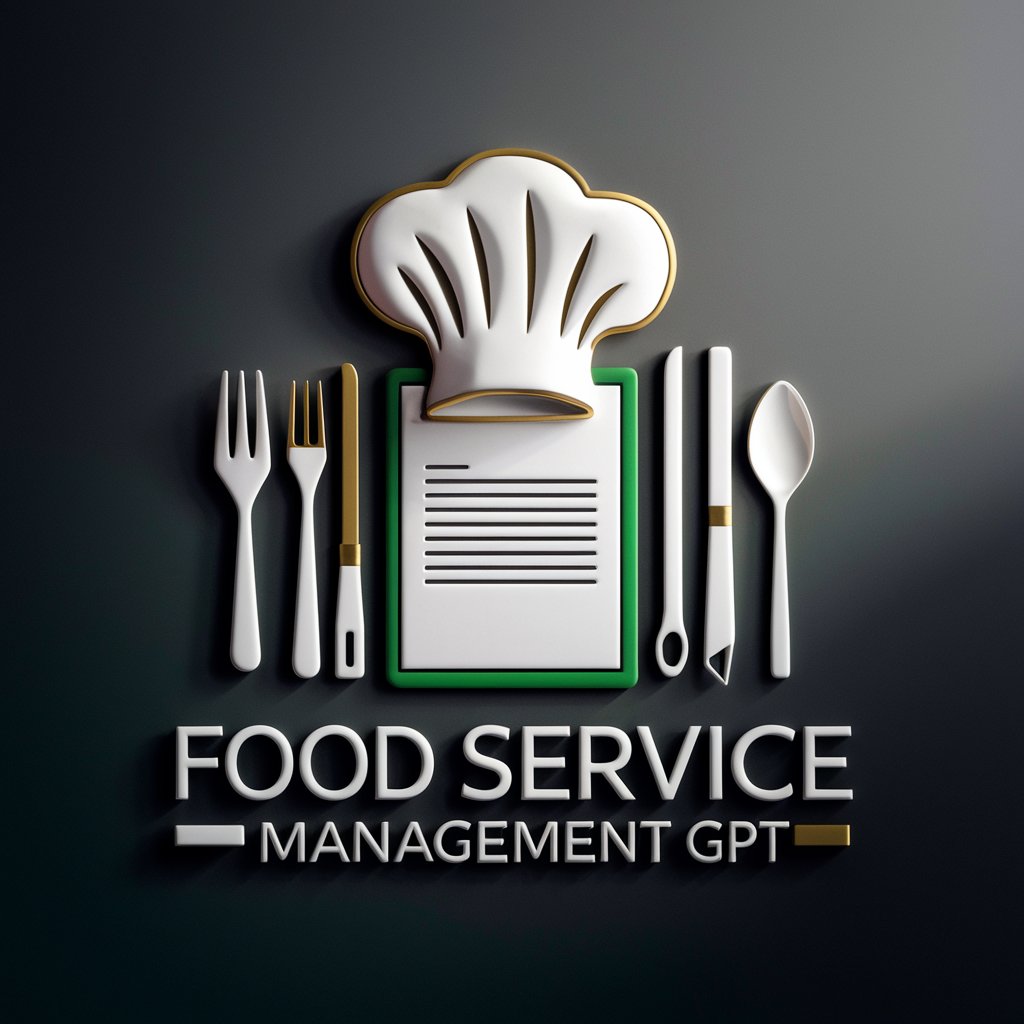
Food Services Management
Optimizing food services with AI
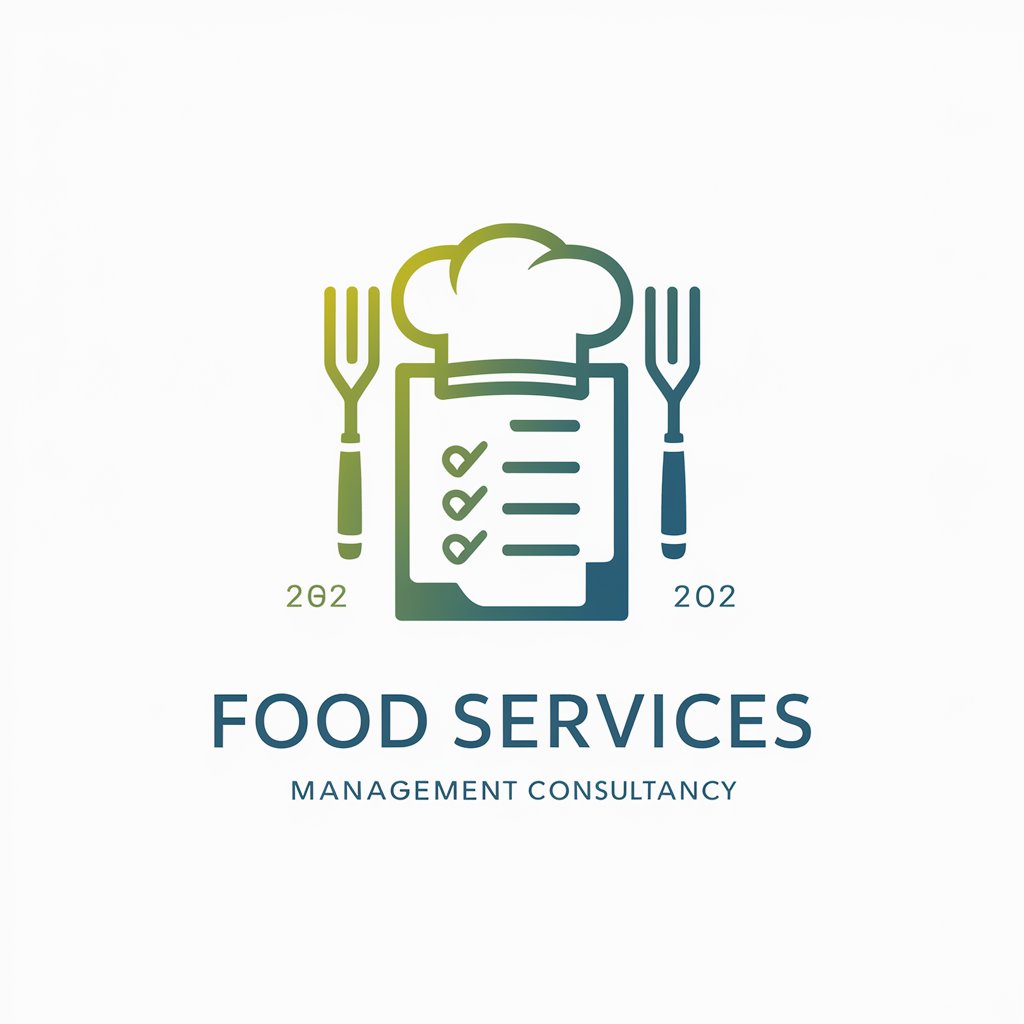
Hockey GPT
Revolutionizing hockey analytics with AI

Lexideck Writing Multi-Agent Workshop
AI-Powered Collaborative Writing Workshop

Water Heaters
Empowering Warm Comfort with AI

In-depth Q&A on Food Science
What role does food science play in public health?
Food science significantly contributes to public health by ensuring food products are safe, nutritious, and accessible. It involves studying the microbiological, physical, and chemical properties of food, developing methods to preserve, process, package, and distribute food that maintains or enhances nutritional value while preventing foodborne illnesses.
How does food science impact food preservation techniques?
Food science is central to advancing food preservation techniques, which are crucial for extending shelf life, maintaining quality, and reducing waste. By understanding the mechanisms of spoilage and developing methods such as canning, freezing, and drying, food science helps in creating efficient and effective preservation strategies.
Can food science help in enhancing the nutritional value of processed foods?
Yes, food science plays a pivotal role in fortifying processed foods, enhancing their nutritional profile. Through the development of functional foods, enrichment with vitamins, minerals, and fiber, and reduction of harmful components like trans fats and sodium, food scientists work to make processed foods healthier.
What advancements in food science are contributing to sustainability?
Advancements in food science that contribute to sustainability include the development of alternative proteins, such as plant-based and lab-grown meats, which reduce environmental impact. Additionally, innovations in food packaging to minimize waste and improve biodegradability, and efforts to optimize food production processes to conserve resources, are key sustainable contributions.
How does food science inform regulatory standards and food safety?
Food science provides the foundation for establishing regulatory standards and ensuring food safety by identifying hazards, assessing risks, and developing guidelines for safe food handling practices. It informs the creation of standards for maximum levels of contaminants, safe processing methods, and labeling requirements, ensuring consumer protection and trust in the food supply.


